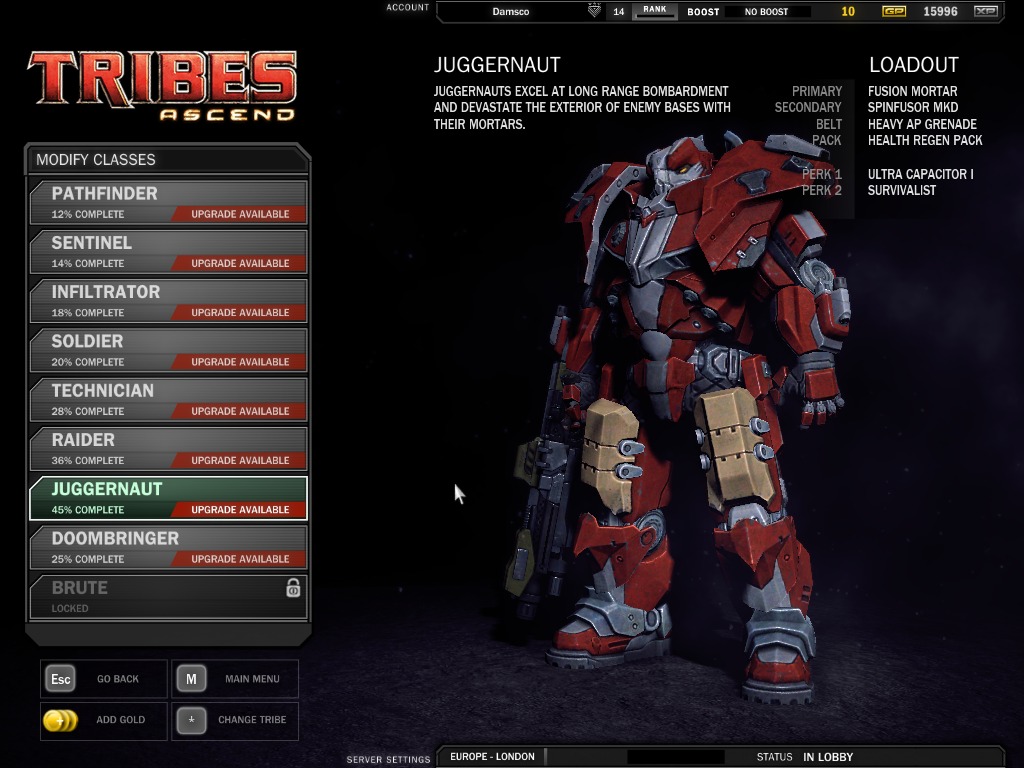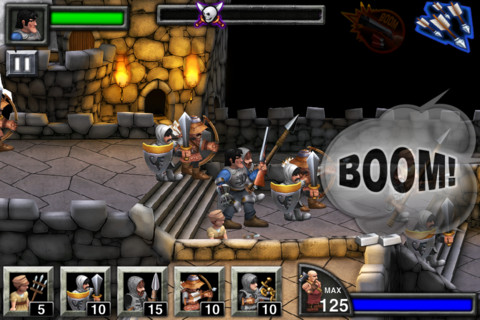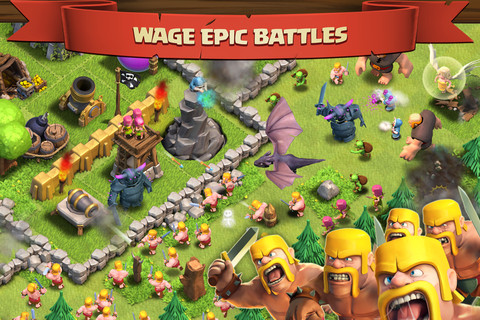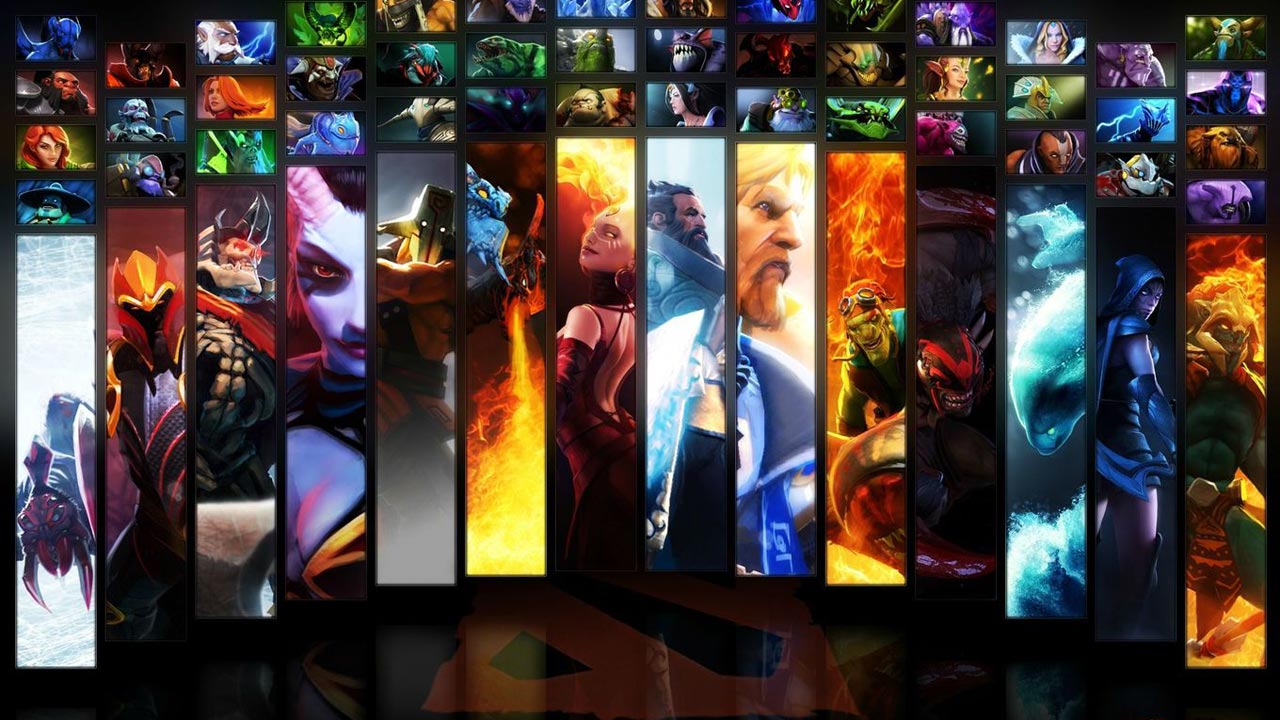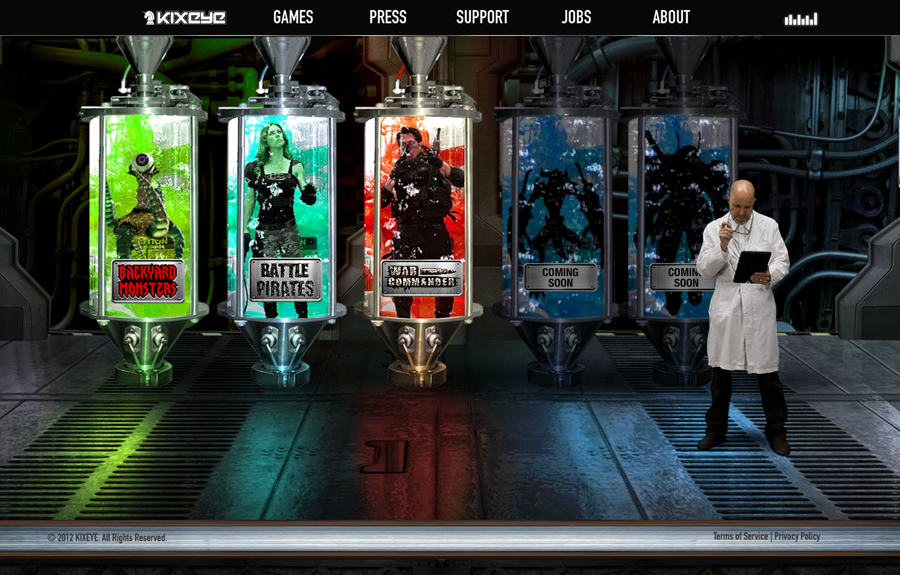
What is Free to Play (F2P) all about?
Back in the early days of PC gaming I can remember how coveted game demos were. Magazines often packaged a CD-Rom of current game demos as a value add to give you just enough of a taste to whet your appetite, hook you, and get you to purchase the whole thing upon going gold (release). Traditional video games for as long as I can remember have hovered around the $50 mark. Not today, some of the newest, highest production value games are free.
That’s right 0$
If you have the time but don’t have the money you can play a ton of games for free with either ad support or stripped of premium features. Faster game-play, better and additional items and goodies await you for nominal fee.
Getting you to pay for these features is the true goal of Free to Play which is essentially a Freemium model.
Does this work?
Yes , in the mobile space we’ve seen it work with Angry Birds, Plants vs. Zombies, Draw Something and many other titles. One thing they all have in common is the excellent job they do of roping you in.
Draw Something in particular saw explosive user acquisition initially as everyone with a new smart phone had a friend they wanted to try doodling with, limited selection of colours and all.
The typical strategy of these companies is;
1. Acquire you
2. Retain you
3. Monetize you
Developers know the first 20 minutes are key. If they can achieve this, they will keep you interested for as long as possible and retain your business.
Past, present, future
In the past a mere taste of a game was enough but with companies competing for user’s time a midst a sea of time killers, what model is guaranteed to generate the most revenue? Can ancillary items like important marketing information for advertising make the game developers more money than the initial cost of the game?
As it turns out, the F2p model does this well and more. By the end of the year , we will see a social enabled free to play game in virtually every genre and internet enabled gaming device. What defines “gaming device”?
Anything with a browser. Use your imagination. In the future expect to see a whole lot more F2P.
Friction is the key
Creating the right amount of difficulty or slow down with just the right amount of ability to progress in the game is what the ultimate free to play games strive for.
On PC I think Tribes Ascend has really nailed it. Great game engine and fun game-play with a ten-year legacy of Tribes players. You can play for weeks to upgrade a couple of your stats but you may be enticed to pay for different weapons sets or customization slots within days. I expect to see the same thing with Hawken.
On my phone you will find the excellent AOD army of darkness defense game (based on the movie with the same name). Free to play, spend money on coins if you wish to increase your stats and upgrade units earlier on. I found there to not be enough friction and I was able to beat the game without being tempted to spend any money. Still great fun and I am hoping for a follow-up from this studio, the more cult movie franchises tie-ins the better.
Another game I recently began playing is Clash of Clans. This game is a turn based city build/defend strategy game with social aspect of being able to join clans and attack other players. With this game the friction is almost too high, I know almost right away this game is going to be frustrating unless I give in to spending some money.
The perfect amount of friction has the player eager to play forward without discouragement while clearly seeing the value of a purchase as an immediate benefit and thus will be compelled to spend a little bit.
The value proposition of these games is tied inherently to the core gameplay mechanics.
In more complex scenarios like Valves, Steam exclusive DOTA 2 game can lead to complex economic systems that are self-sustaining and rely partially on user-generated content to make new items and customize your players load out, sound effects and more. This is a really interesting prospect because of the ability for users to generate revenue, trade and contribute to the creation of its own self-sustaining economy.
The Social Element
We know games like Draw Something and Cash of Clans draw in the friends of users, as does DOTA 2 (I was given 5 invites for the pre-release access). It is widely known that generally people like to play games with friends, and because of this Facebook has been a great game finding and playing platform as web browser technology ploughs forward and better games come through the pipeline.
For those against Facebook, or at least gaming through it and for those publishers not cool with the 30% cut Facebook takes of the profits, there are publishers and independents with their own free to play game platforms.
Leaders
Kixeye, the bad boy of F2P has their own platform built into their website at www.kixeye.com
On their website platform you will find their premier titles War Commander and Battle Pirates which are MMORTS style games with true synchronous combat.
Kixeye is a pioneer of hard-core free to play MMORTS (massively multi-player online real-time strategy) style games with social elements and real-time synchronous game-play (instead of waiting for opponent to take a turn, the action happens in real-time on both sides) which is quite the technical feat with approximately 4.8 million users logging in monthly.
Having achieved commercial success through Facebook, Kixeye’s average player spends about 1.5 hours playing War Commander a day, with a 400,000+ DAU (daily average users) count.
As with many free to play games, the friction point of Kixeye games are primarily speed of play with base building taking the majority of the players time unless they choose to buy speed ups or purchase resources which many Kixeye players do. In fact Kixeye has one of the highest ARPPU’s (average revenue per paying users) in the industry at about $0.80 per paying user.
Then there are MAU/DAU (monthly and daily average users). This figure is essentially engagement, how many of the monthly users actually come back and play daily? After all, they can only spend money if they are in your game. Kixeye’s War Commander sees a very consistent 1 million active users per week (WAU) meaning they have an extremely high level of user engagement.
Kixeye will hope to repeat this success with a new exclusive F2P MMORPG later this year.
Now that I’ve bombarded you with a few of the industry metrics and bored you to tears lets refocus
Of course there are many more ways to measure your game’s level of success, but making a great game that people want to play has got to be the core you work from. There are more games of varying quality using this free to play model than ever before and likely more games to come. It is conceivable that after the bean counters run the numbers, traditional subscription modeled and $59.99 one time purchased games will become free to play.
My only concern with this trend is that game-play mechanics may not translate well to a free to play model. Critical friction points may be out of alignment with user value perception and result in lost opportunities and players more likely free to stray to another game. With an emphasis on building micro economies as outlined in Gabe Newell’s vision of the industry ( http://youtu.be/PeYxKIDGh8I ) , there is a chance for creating longer running, organic, self-marketed and thus higher revenue producing games in this manner.
There are many games to play and too little time to play them all. Let quality, variety, game-play and friction separate the wheat from the chaff.
Other free to play browser games can be found at:
www.Kongregate.com
www.wildtangent.com
www.mmobomb.com
If you are interested in learning more about free to play gaming check out:
www.gamesbrief.com
www.appdata.com
www.allfacebook.com




